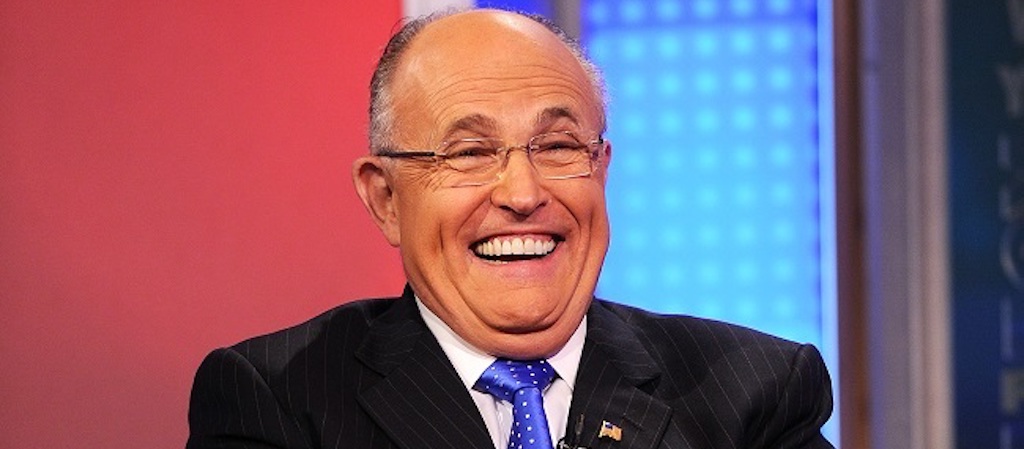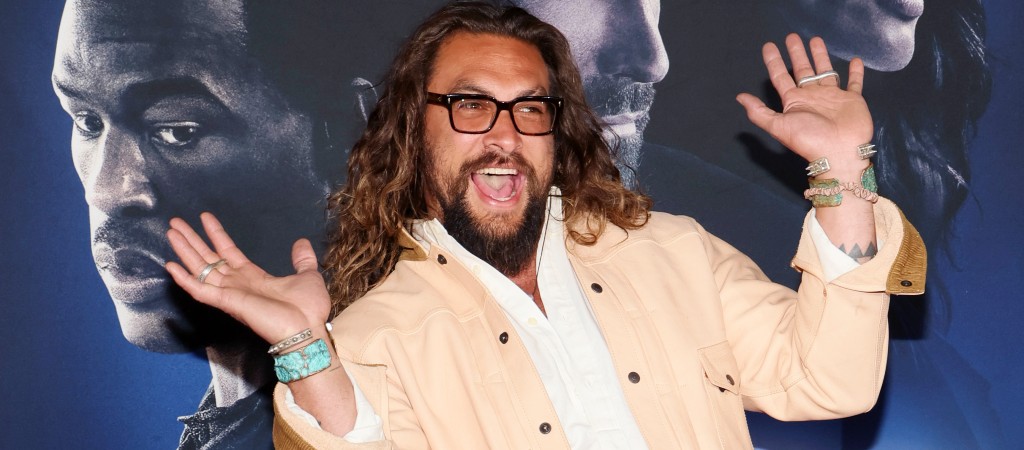It’s been a grand total of [checking the calendar] just under three weeks since the release of Joseph Kosinski’s last film, Top Gun: Maverick. If you haven’t heard, it is very good and also has made a lot of money. Because of the pandemic delays, it makes sense Kosinski (also the director of Tron: Legacy and Only the Brave) would have another movie all ready to go and it makes a lot of sense Netflix would release it this week, right on the heels of his blockbuster Tom Cruise movie.
Spiderhead is a very different movie than Top Gun: Maverick. Set at a remote prison called Spiderhead, people convicted of crimes have volunteered for a prison with more freedom and a beautiful setting, but in exchange they are used as test subjects for drugs that manipulate emotions. Chris Hemsworth plays Steve – who can be both friendly and funny, but also sinister – who runs the place and also has a taste for smooth ’80s popular music. Miles Teller plays one of the test subjects, Jeff, who as the movie goes on, starts to question more and more Steve’s motivations.
By the time I interviewed Kosinski I had seen Top Gun: Maverick three times, so a few of my questions about that film wound up being a little more obscure. Like, “was that an Easter egg or not,” type questions. (Two out of the three I asked about were, in fact, on purpose. One was just me being too dorky.) But we did get into where was Iceman’s old partner Slider during a pivotal scene? And it turns out Rick Rossovich was on set that day for a mini-reunion of the first film. Also, Kosinski gives us a preview of some of the deleted scenes we might see on the Blu-ray. When I signed into Zoom the publicist asked if I was ready for Kosinski. Considering how much I love Top Gun: Maverick, yes, I was ready.
I was born ready.
Me too!
It’s good to talk to you again. I haven’t talked to you since Oblivion.
Oh my gosh. All right. Nine years ago.
The original title of Spiderhead was Escape from Spiderhead. That is also a good title.
It is. But I think if you read the short story, the “Escape” from Spiderhead is – and if you haven’t read it, I don’t want to spoil it – but his escape is in the final paragraph and it’s a pretty dark interpretation of what an escape could be.
Yeah, I’m pretty sure you just spoiled it.
Yes, sorry, I might have spoiled it for you. So the idea for our film is, if I were to see Escape From Spiderhead knowing nothing else, I would expect a giant action film that involves a lot of escaping.
I see.
From the opening scene on. And that is not this film. This film is obviously a bit more: there’s suspense, there’s comedy, it’s cerebral, it’s a lot of things, but it’s not an action film from the opening frames. So we felt like Spiderhead was a better title for our film.
I saw Spiderhead before I saw Top Gun: Maverick…
You saw them out of order.
Right, for me Top Gun: Maverick is your newer movie.
You’re supposed to watch them in order, but that’s okay. The question is… is it more interesting to watch Top Gun first, then see Spiderhead? Or the other way around? I don’t know.
I think it works either way because they’re so different.
Okay. Yeah. That’s it. For me, it was just a really interesting creatively, going to the opposite end of the spectrum, coming off Top Gun to make this film. And I had a blast making it.
By the way, this wasn’t planned, but in my line of vision I just realized I have this unintentional shrine to your movies in a corner of our home office with a Tron arcade game and a Top Gun: Maverick poster.
That’s a real Tron arcade machine with the four motherboards?
Oh no. There’s a company that makes reproductions. I looked into getting an actual Tron and they are very expensive.
Yeah, I don’t think you want to mess with it. It’s four motherboards, one for each module, and from what I understand, four times the cost to maintain it.
And this one has Tron and Discs of Tron.
Oh see, that’s the bonus.
I used to own an actual Donkey Kong game. If it broke, there’s really not a shop you can just wheel that on down to and get it fixed.
I’ve flirted with the idea of putting an arcade in. Actually, I don’t know if you noticed, but in Spiderhead I have a game…
Joust. I did notice.
Well, it’s a multicade actually. It’s a multicade box designed by the creative director for Daft Punk. He created this really high-end Daft Punk-y furniture line and I got the multicade from them and put it in Spiderhead. And Joust was the game we went with for Jeff.
What were the other options?
Oh, it had Street Fighter. It had 40 or 50 games on it. My editor, Stephen Mirrione, is a huge pinball arcade fan. And I think that’s the reason he agreed to do the movie was because of the Joust.
Because he got to play Joust every day?
Yeah. And he was adamant that we get all these sounds right. So everything you hear, if you’re a Joust aficionado…
I have a Joust t-shirt.
All right. Well then hopefully you were happy with the sounds.
I was very happy. Because once the big bird shows up and the noise it makes, it’s very tough, but you can still kill it. It’s just really hard to hit it.
And I think the sound you hear when Jeff dies [his Joust character, not the actual character] is when that hand comes out of the lava and grabs him. That was the moment we went forward with.
Chris Hemsworth is both funny and sinister in this movie.
They’re all great performances. They’re all great actors. But a performance that people would be maybe most surprised by is what Chris pulled off in this movie.
Well, people know he is funny. But I think the sinister part of it is what will be surprising.
It’s a very complex character: charming, dark, twisted, damaged, a little bit of everything. And his American accent apparently is kind of freaking people out because they’re not used to hearing him.
This is going to sound weird but I found it soothing.
He did such a great job. That took a lot of work. That’s him coming an hour or two early every day to get that accent just right. To be able to pull that off. But he worked really hard. It’s a lot of dialogue. Paul Wernick and Rhett Reese are fantastic dialogue writers. He had it all down. It was really fun to watch and fun to work with him.
This is another movie with good needle drops. Thomas Dolby.
The early ’80s yacht rock kind of genre, for me, was a fun one to dig into and a nice counterpoint for this type of film. And for me, it was a way to kind of try to mask the darkness of what’s really going on in the Spiderhead. By filling it with that kind of music you would hear in the dentist’s office or a doctor’s office playing in the background. It gave, I felt, like an interesting tone that we haven’t seen before.
So I have an idea for you for a movie. I don’t know if you’ve thought about this. I don’t know if anyone’s mentioned this to you, maybe I’ll be the first. Here it is. Top Gun … three.
Hmm. Wow.
Right.
So, to make one more after two?
Yes.
Wow. Okay. Alright.
I feel bad I’m springing this idea on you that you haven’t thought about.
Well, let’s see, in 36 years, I’ll be 84. I mean, we’ll see if I still got it in me at that point to pull it off. But, yeah, I think it’s going to be a while before we see another Top Gun movie. They’re a challenge to pull off and we’d have to top what we did on this one.
I did notice watching it a third time that, at the bar, “Slow Ride” was 86 on the jukebox.
Yes. You’re the first person to bring that up. That Hangman types in “86.” Yeah. A subtle reference to the first movie. You deserve a prize for that.
I do deserve a prize.
Did you see the Top Gun Easter egg in Spiderhead?
No, because I hadn’t seen Top Gun yet so I wasn’t even looking for that.
Well, Rooster’s F-18 toy is hidden somewhere in the movie. So keep an eyeball out for that.
Here’s a really nerdy question and I bet the answer is no. After Tron: Leagcy you almost remade The Black Hole. And now you do Top Gun and you have a character named Bob. Is there any relation to B.O.B. the robot from The Black Hole?
I’m going to say no to that.
I was giving “yes” around a 5 percent chance.
Yeah.
But if it was right, you’d be impressed.
But there are Black Hole references in Tron: Legacy, as you know. I mean, I guess that’s what you’re referring to? They’re, hidden. Those toys are hidden in the opening scene of Tron: Legacy. V.I.N.CENT.
You know, The Black Hole is the weirdest thing. I just re-watched that like a week ago.
Wow. You made it all the way through?
Oh I strangely love it. It’s so weird. What’s also weird is our local drug store, they sell The Black Hole toys like right now.
What?
That nothing has been done with the property since then but still has a weird little footprint.
That’s crazy.
I interviewed Rick Rossovich for the release of a new Top Gun Blu-ray and he mentioned he was on set one day, but that’s all he would say. Was there a scene with Slider?
There was a mini Top Gun reunion on the set during Ice Man’s funeral. So yeah, Val was there. Rick was there. Tom [Skerriti] was there. Jerry [Bruckheimer] was there. So we did have a mini Top Gun OG reunion, off-camera, that day, which was really cool. Yeah.
What was that like for you?
Amazing. Oh I just love hearing those guys talk about making the first movie because it sounds like they had a blast. But also there was a little competition between them all, which is really fun to hear about. They can all laugh about now. But yeah, I mean it’s like anything, they didn’t know they were making an iconic film. They were just guys in their twenties, having fun in San Diego and making a movie and then it became this thing. So it was wonderful to see that friendship exists between all of them up until now.
So at the beginning of the movie, when we see the calendar, “Mach 9 today.” But it also says, “Dinner with Joe.” Is that you? Is that a reference to you?
Yes. “Dinner with Joe.” Yeah. You caught that too? Nothing gets past you.
I’ve seen it a few times.
Great. No, I love it.
When was the decision made to pretty much make the first five minutes exactly like the original movie?
Early on, because a lot of that footage was the first footage we shot for the film. So yeah, I wanted the opening of the film to tell the audience that this is a Top Gun movie and we love it as much as you do. Don’t worry. It’s a Top Gun movie, but it’s all the new toys. We remade the Simpson/Bruckheimer logo, all that stuff was just fun to build. The only thing we changed was we added, “and women.”
Will there be deleted scenes on the Blu-ray?
Maybe we have a couple of nice scenes that I would love to include, that were great scenes, that just didn’t make sense in our final cut.
What are they?
Well, there’s one you see in the trailer of Maverick. When he first gets to the Coronado, every Navy base has an airplane on a stick out front. Like a model, and he pulls up and looks up and it’s it’s his F-14 that he shot down three MiGs with in the first film.
Oh, wow.
So it’s him staring up at that plane. That was a nice little beat. And there was a nice scene in the infirmary with Cyclone and Phoenix and Bob. If it were in there, it would’ve taken a little bit of the tension away when Maverick comes in to tell Rooster they’re going to be okay. But it was a really nice scene for the three of them. So maybe we’ll get to include some of that on the Blu-ray.
You can contact Mike Ryan directly on Twitter.
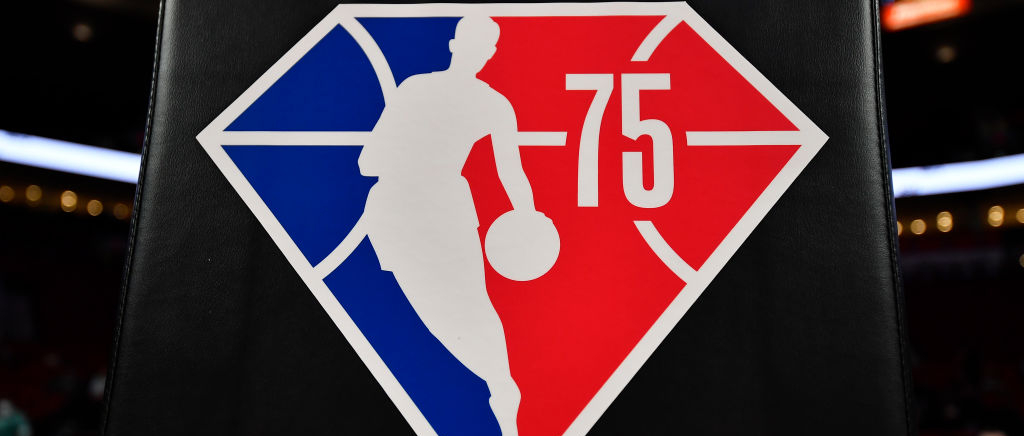

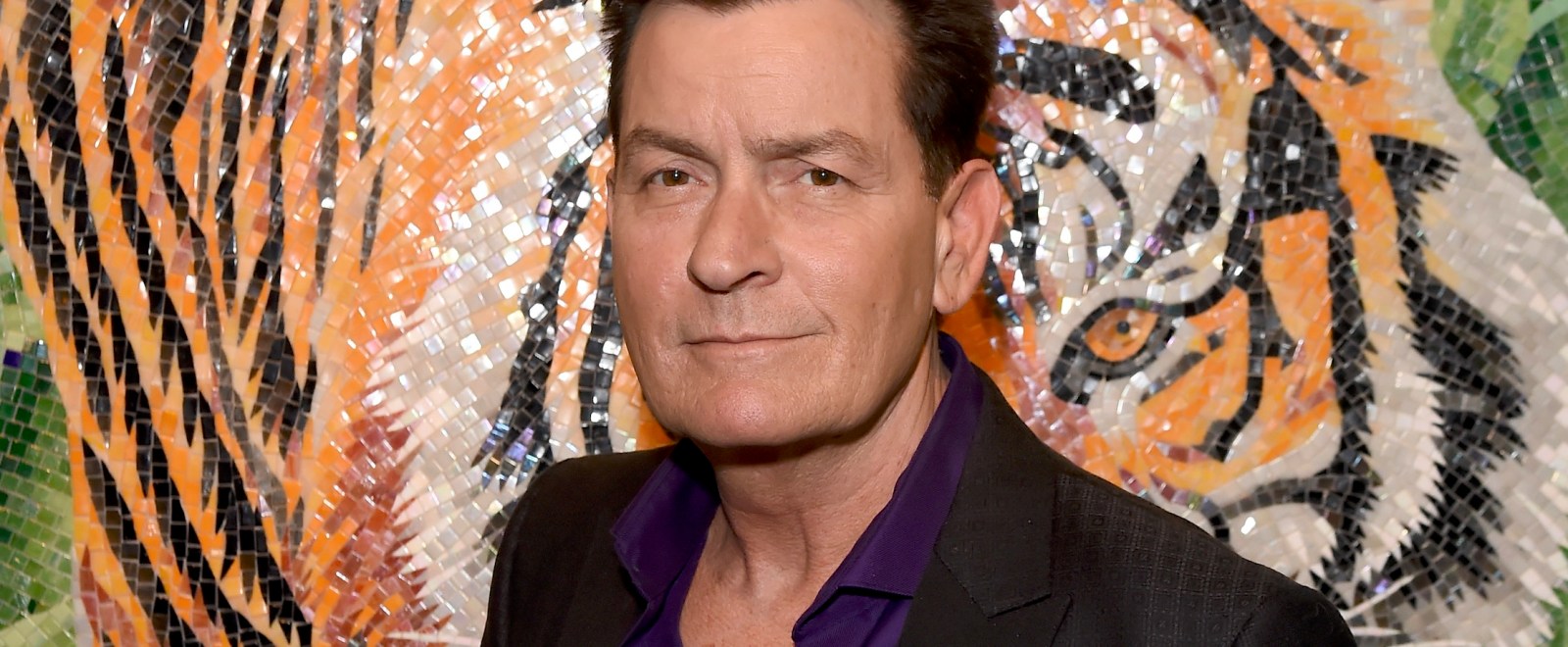
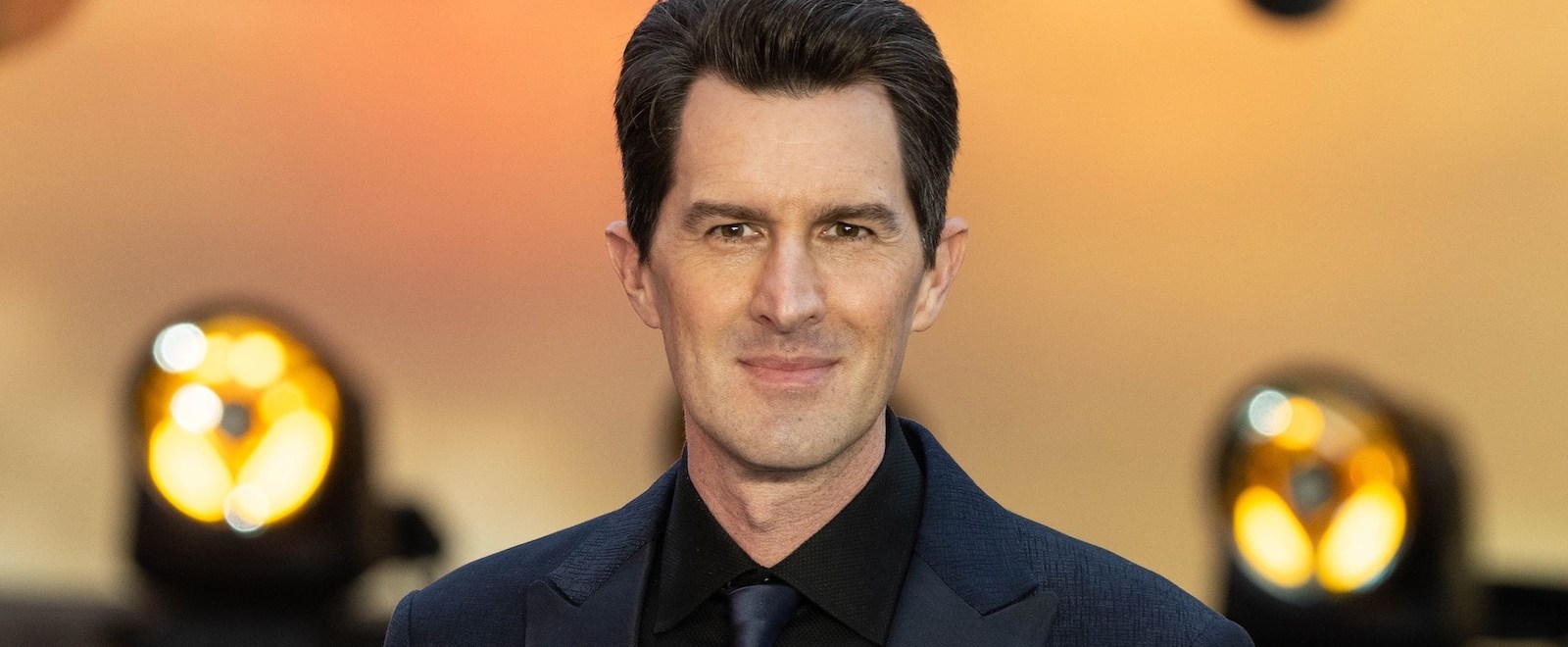

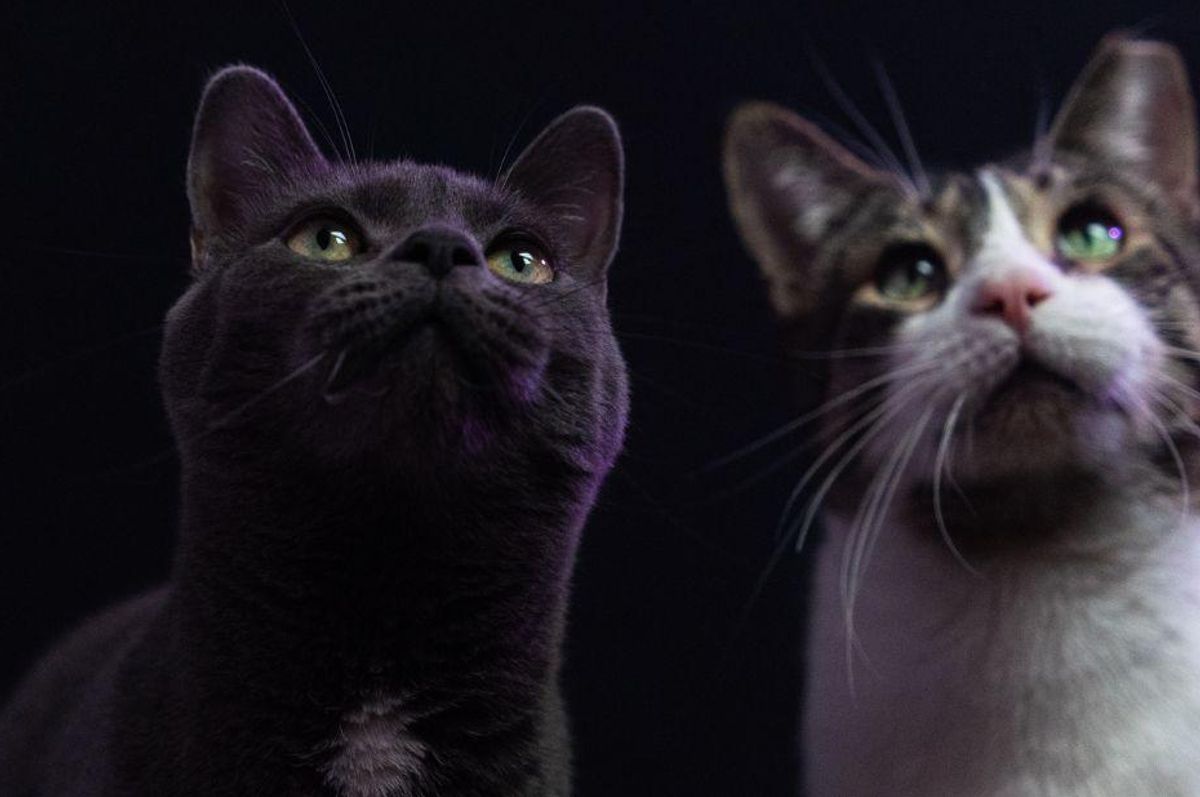
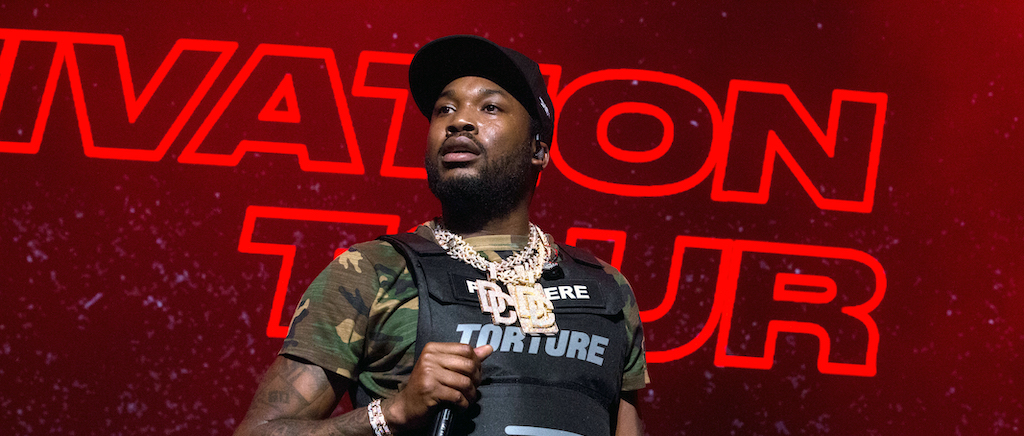

 ➐ (@_AvatarOli)
➐ (@_AvatarOli)  (@nellychillin)
(@nellychillin) 